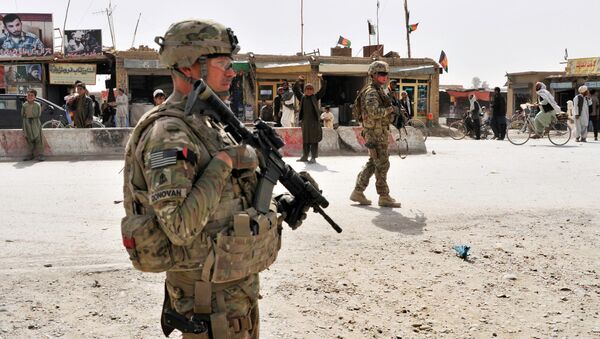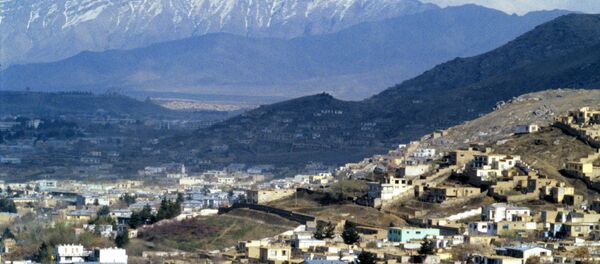“Last quarter, SIGAR expressed concerns about International Security Assistance Force’s (ISAF) classification of a previously unclassified ANSF assessment report summary. This quarter, the new Resolute Support Mission (RSM) went further, classifying information that SIGAR, until now, has used to publicly report on such matters as ANSF strength, attrition, equipment, personnel sustainment, infrastructure, and training,” SIGAR said in its report to Congress.
The inspector general said the classification of data on the ANSF is “unprecedented,” and that for the first time in six years SIGAR will be unable to report to the public what impact $65 billion in spending to build the Afghan Security Forces has had on their capability. The watchdog will instead produce a classified annex for Congress.
A memo in the annex of the SIGAR report from General John Campbell, the US commander in charge of RSM, said the classification of the ANSF data was linked to security concerns and that the information could be used by enemy forces in Afghanistan.
The $65 billion for the ANSF accounts for the bulk of the United States’ $107.5 billion in reconstruction assistance. Building the capability of the ANSF is a key pillar of the United States’ strategy as international forces withdraw from Afghanistan.
On December 31, NATO ended its ISAF mission in the country, created in the aftermath of the 9/11 terrorist attack and the invasion of Afghanistan. It was replaced with the Resolute Support Mission, a non-combat NATO-led mission, which is tasked with training, advising and assisting the ANSF. Approximately 13,500 NATO soldiers, mostly from the United States, will remain in Afghanistan.



